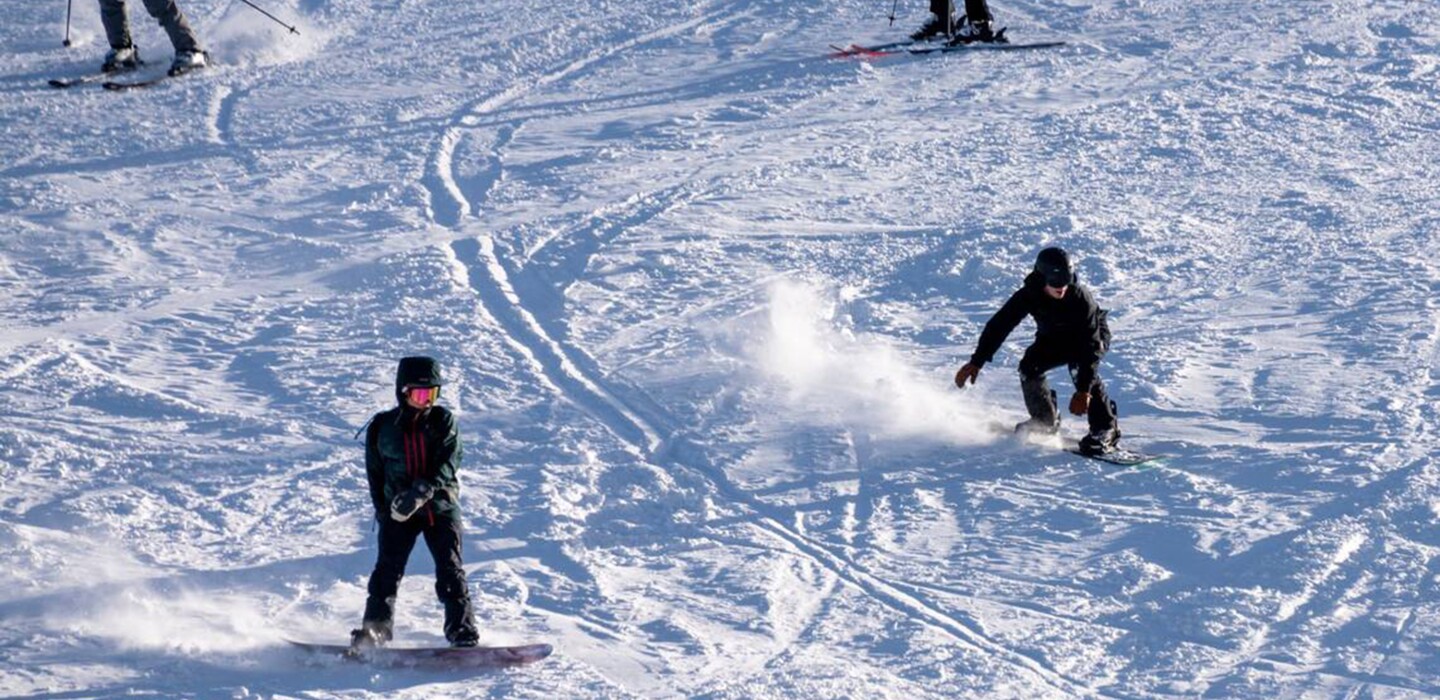
Unique Conditions Causing Avalanches in California Sierra
Avalanches are common in the Sierra during winter as snow piles up. But 52 avalanches since Jan. 2 in the Lake Tahoe, Calif., area this year is way more than usual, and it’s because of a phenomenon that happens when snow is vaporized upward at night and freezes into a layer of fragile crystals.
Warmer temperatures have meant this year’s snowpack is just 40 to 45 percent of average for this time of year; last year was 200 percent of average and saw 36 avalanches.
“It’s analogous to the feather-like crystals that grow in your freezer,” Neil Lareau, professor of atmospheric science at the University of Nevada in Reno, told the San Jose Mercury News. “If quickly buried by new snow, these crystals become a hidden peril.”
One skier was killed in one of the avalanches this year.
It happens as a surface frost, also called a hoar, is created when water vapor is deposited on the snow surface like dew and that vapor turns to ice instead of liquid. It transforms the surface of the old layer of snow into the crystalline layer that lacks cohesion and is weak. It becomes a hidden layer that when covered with new snow can slide and create huge, dangerous avalanches.
Although the hoar is common in the Sierra, it usually is destroyed by wind and the warming that occurs before new snow falls.
The dangerous layers are hard to detect, but the snowpack could strengthen, depending on what occurs with the weather.
“Under the right conditions, we can see the snowpack strengthen but it may not,” Andrew Schwartz, manager of the Central Sierra Snow Lab at UC Berkeley, told the Mercury News. “It just depends on what weather we see over the next couple of months.”


Average Rating